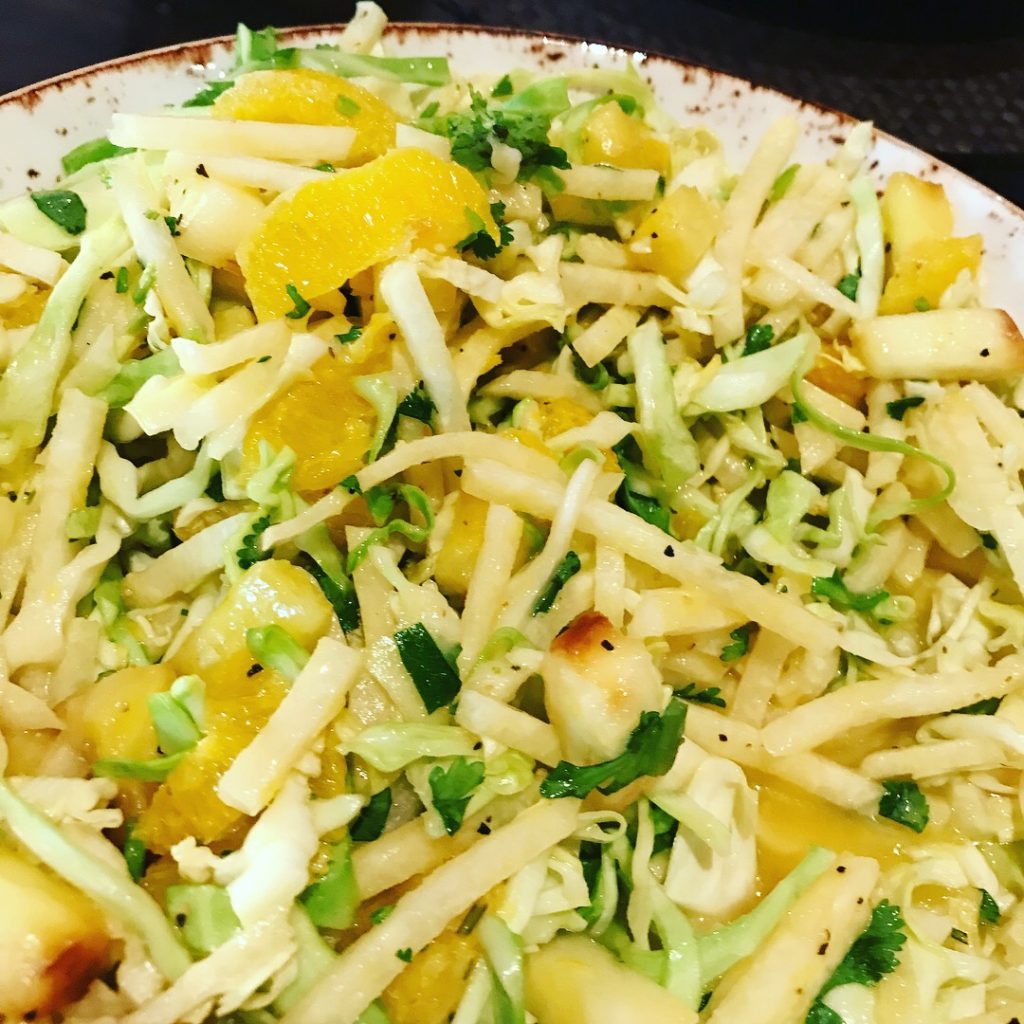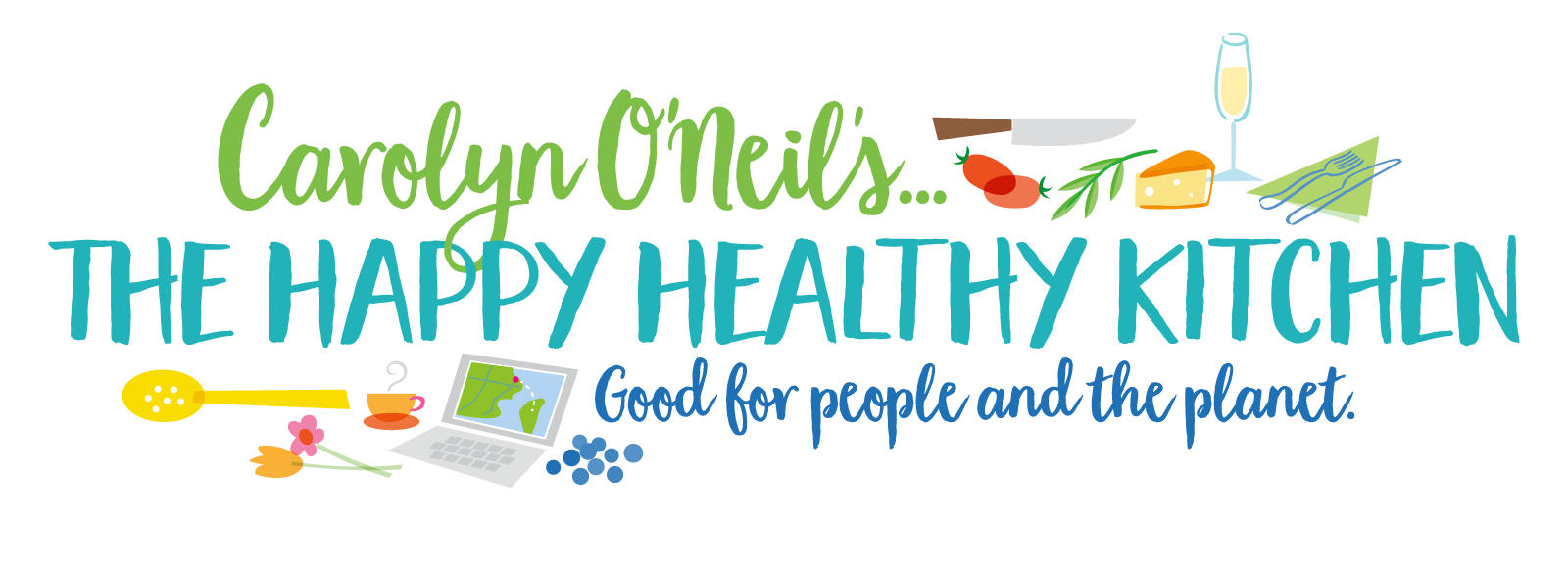April 9, 2018
Dozens of Reasons to Enjoy All Produce
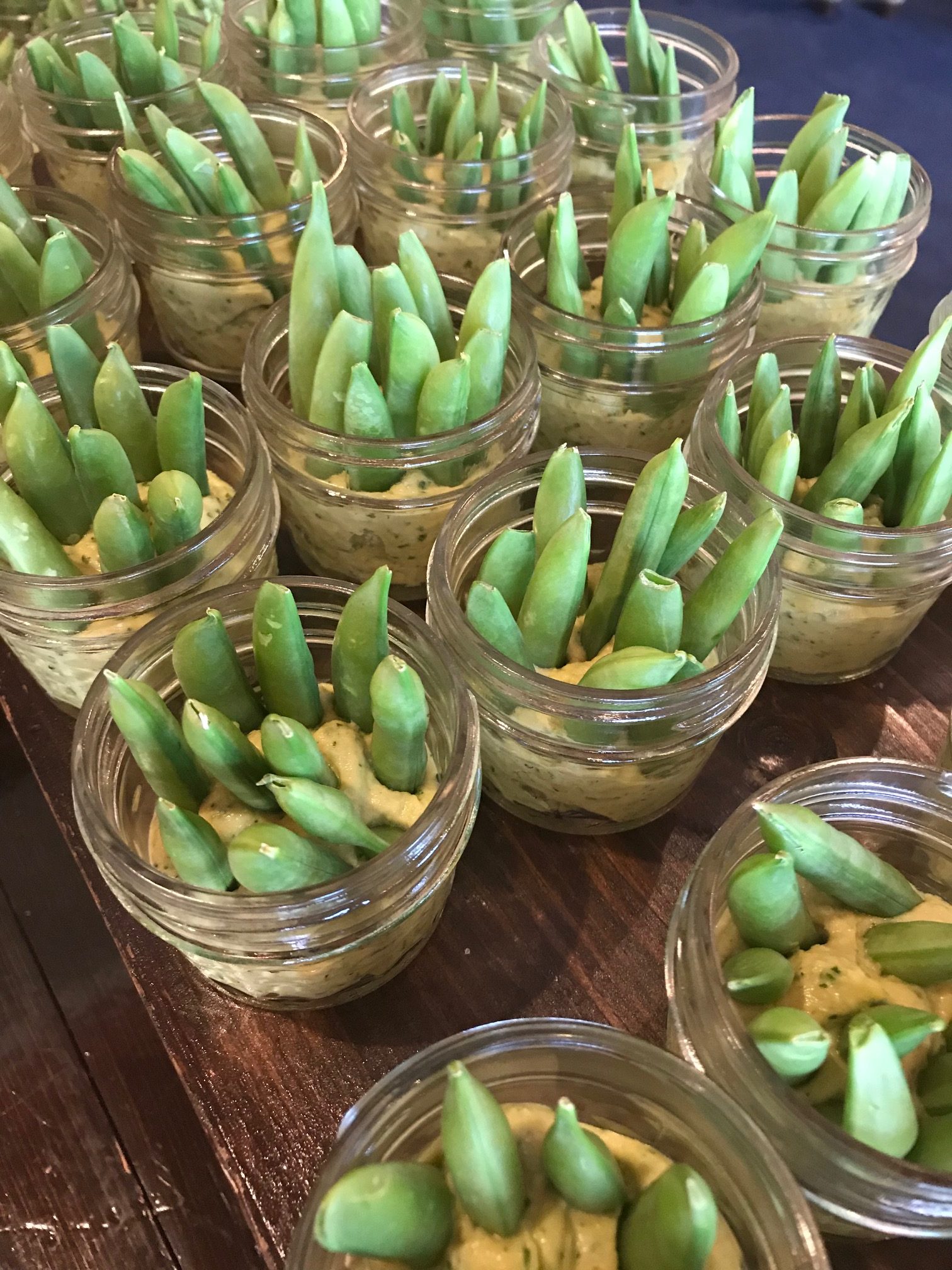
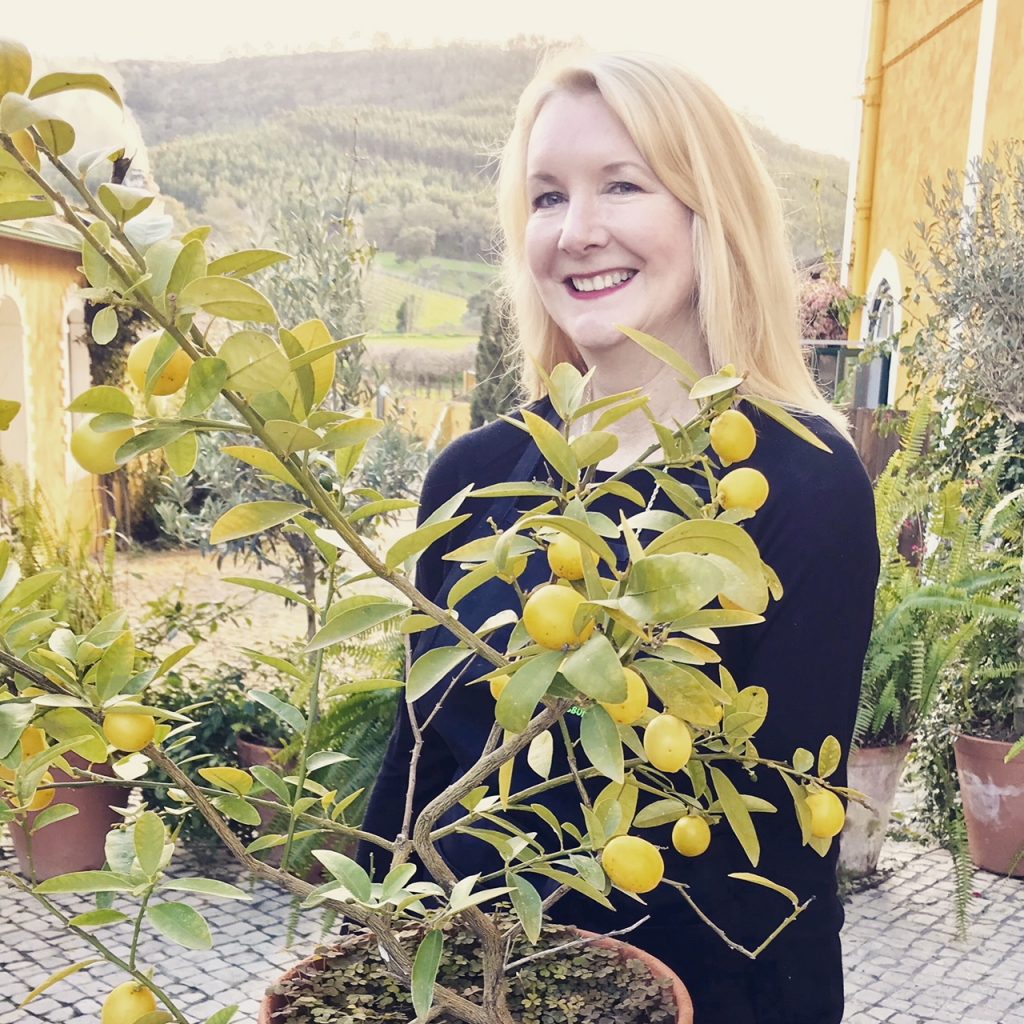 I love produce. Especially great tasting varieties that make you want to reach for more. Nutritious and delicious. Happy and healthy. As a registered dietitian nutritionist nothing gives me more pleasure than showing folks how to add more fruits and vegetables to their meals and snacks. In fact, according to the USDA’s Dietary Guidelines we should be filling half of our plate with plant foods for good health.
I love produce. Especially great tasting varieties that make you want to reach for more. Nutritious and delicious. Happy and healthy. As a registered dietitian nutritionist nothing gives me more pleasure than showing folks how to add more fruits and vegetables to their meals and snacks. In fact, according to the USDA’s Dietary Guidelines we should be filling half of our plate with plant foods for good health.
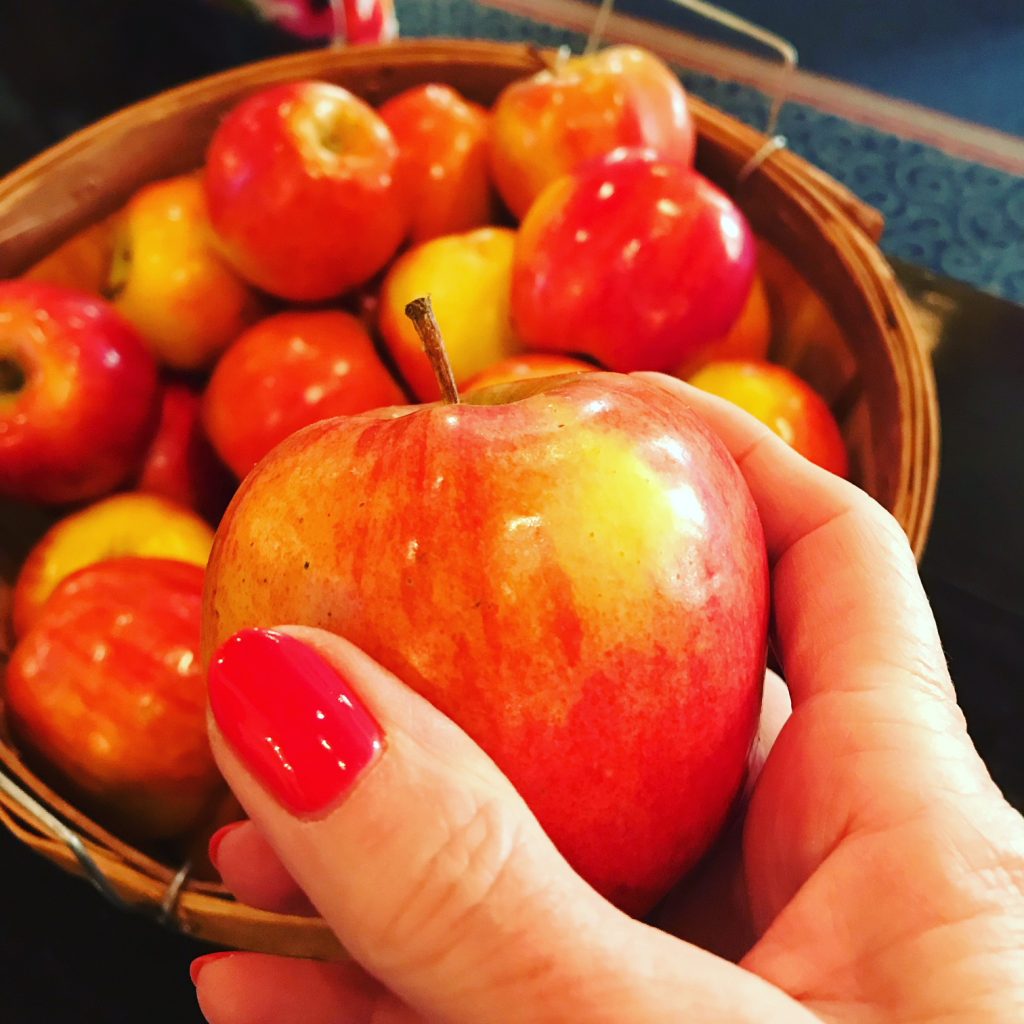
But the fact is lots and lots of folks are not eating lots and lots of fruits of vegetables. According to the Centers for Disease Control and Prevention, only one in 10 people in the USA eat the recommended amount of fruits and vegetables. And the amount is really not that much. You don’t have to strap on a feed bag. It’s just 5 servings a day. And half a banana counts as a serving. A cup of lettuce, which is a super small salad. Or a small baked potato. How about a half cup of strawberries on your cereal? or a 1/4 cup of dried fruit for your afternoon snack break? Fresh salsa, that so many of us crave on everything counts too!!! Lately I’m craving fresh mango. Did you know it’s in season every season?
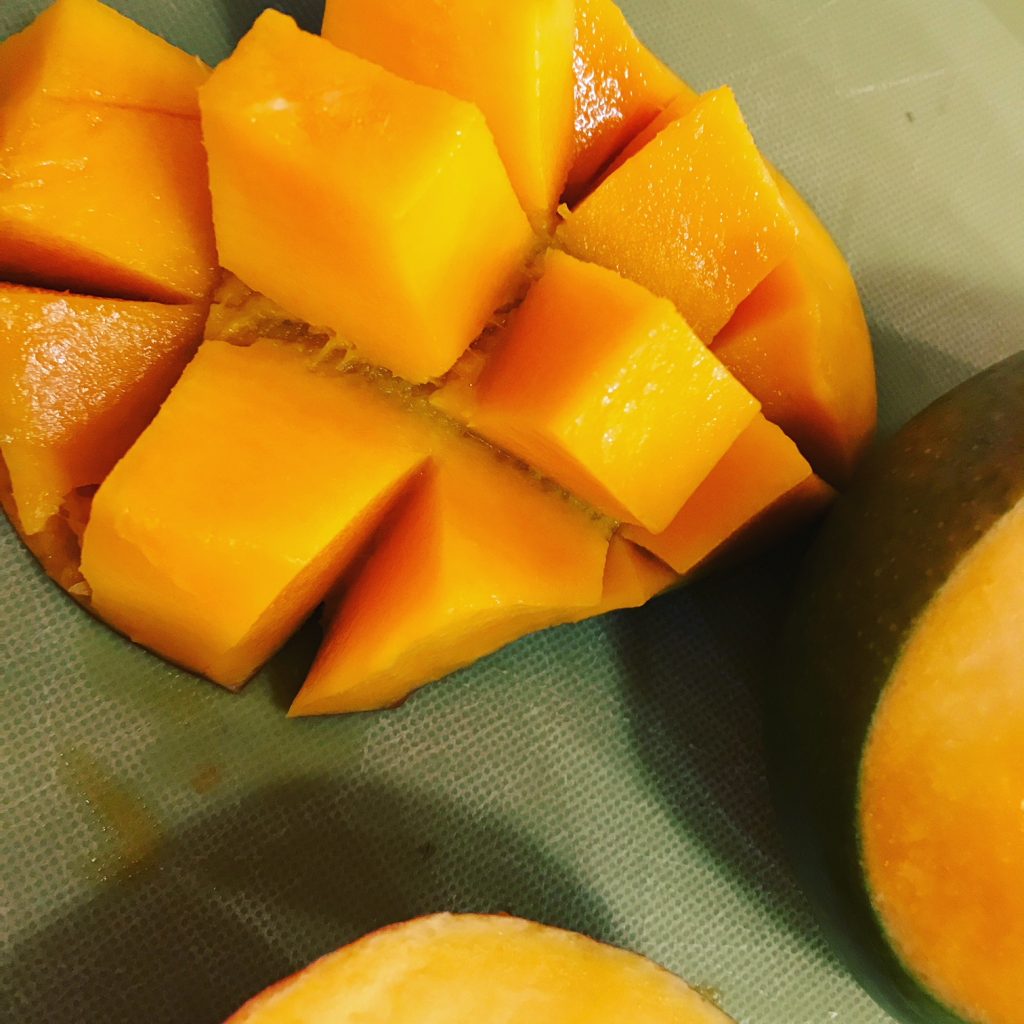
Not all of the news consumers hear about fruits and vegetables paints a rosy picture. But not all of this news is based on facts you can get your teeth into either.
Each year the Environmental Working Group (EWG) releases two lists: The Dirty Dozen and The Clean Fifteen. The new lists were released on April 10, 2018. Here’s a link to their report.
From the EWG Report: “The Shopper’s Guide lists the Dirty Dozen fruits and vegetables with the most pesticide residues, and the Clean Fifteen, for which few, if any, residues were detected.”
This year there’s a longer list in each category ( going beyond 12 and 15) and for the first time hot peppers are on the Dirty Dozen list. Good to know if you’re in a hot pepper eating contest; even then there are other bigger health concerns – such as digestive health – to worry about.
Where do the numbers come from?
These lists compiled by the EWG are based on extensive data gathered by the US Department of Agriculture’s Pesticide Data Program, which is a national pesticide residue monitoring program. The USDA measures pesticides residue to record the kind of pesticide found in a residue and the number of pesticides found on particular crops.
So what’s a veggie lover to do?
Stay Calm and Carry On.
The Alliance for Food and Farming has excellent consumer guidance on this topic. Here is a statement from the Alliance released today in response to the new Dirty Dozen report.
“According to the United States Department of Agriculture (USDA) and the Federal Food and Drug Administration (FDA) sampling data, 99% of residues on fruits and vegetables, when present at all, are well below safety levels set by the Environmental Protection Agency. FDA sampling shows that 50% of the foods sampled had no detectable residues at all.”
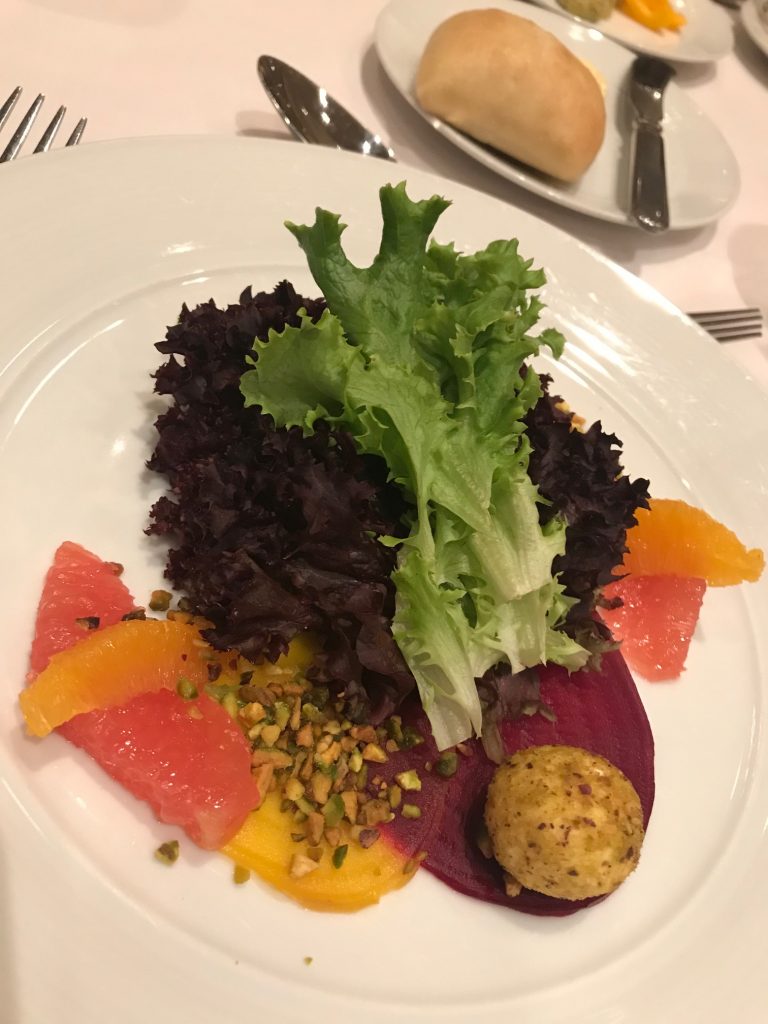
There are three major reasons why the USDA gathers pesticide residue data:
- Enable the US Environmental Protection Agency to assess dietary exposure.
2. Facilitate the global marketing of US agricultural products.
3. Provide guidance to the US Food and Drug Administration and other agencies to make informed decisions.

OK, I took a break to enjoy a citrus based cocktail. Now let’s move on to more analysis of the 2018 Dirty Dozen.
This is my opinion.
While the EWG has done an exceptional job combing through all of the USDA’s most recent data on pesticide residue on conventionally grown produce, the good news is that the worst they could find were examples of pesticide residue far below safety tolerances set by the EPA.
What about organic produce?
First of all, please note that organically grown produce may contain pesticides residues as well.
Nearly 40 pesticides are approved for use in organic agriculture. But, the main point is that there’s not much of an advantage if you choose organic vs. conventionally grown produce because the residues are so minimal to begin with. And one of the downsides of the Dirty Dozen, according to research, is that the Debby Downer news may scare consumers away from buying all forms of produce. And we don’t want to lose ground in that public health campaign.
Researchers at the Illinois Institute of Technology’s (IIT) Center for Nutrition Research found that EWG’s “dirty dozen” list messaging results in low income shoppers reporting that they would be less likely to purchase any fruits and vegetables – organic or conventional.
For consumers who may still have concerns, they should simply wash their fruits and vegetables. According to the FDA, you can reduce and often eliminate residues, if they are present at all, on fresh fruits and vegetables simply by washing. And taking the time to wash fresh foods, store them properly and avoid cross contamination with raw meats is the MOST important thing to worry about to keep a clean kitchen and avoid food borne illness.
I do think it’s a good idea for third parties, such as the EWG, to keep a watchful eye on our government agencies and to keep us up to date on new research that might show we need to ban a certain pesticide or change pesticide production or application methods. We are all for improvement in agriculture. Especially farmers because their first consumers are their families. They care.
So right now continue to feel good about eating your vegetables and your fruit. In fact, eat more! Check out the website for the Produce for Better Health Foundation for recipes and buying tips galore.
This apple, citrus, jicama slaw looks fantastic!
